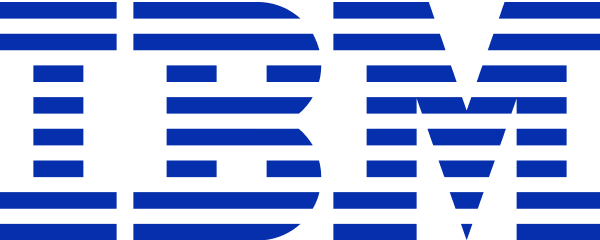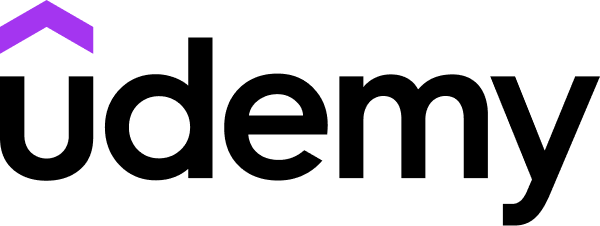Coursera
Free Online Course (Audit)
English
Paid Certificate Available
5 weeks long, 16 hours worth of material
selfpaced
Overview
Class Central Tips
In this course, you will focus on server-side JavaScript and frameworks. You will discover ways to make development faster and easier in web browsers and embedded systems. You may ask, what is the relevance of developing cloud applications with Node.js and React?
In 2020, the Stack Overflow survey of developers reported that 51.4% of respondents are using Node.js, making it number one in the category of Other Frameworks, Libraries, and Tools.
In the Most Loved, Dreaded, and Wanted category for Other Frameworks, Libraries, and Tools, Node.js is in the top ten at 66.8%. In the Web Frameworks category, React is number two at 35.9% in usage and66.9% in the Most Loved, Dreaded, and Wanted category for Web Frameworks.
This course is designed to help you achieve success in this fast-growing cloud computing area. You may be an IT person looking to step up in your career,a new graduate seeking to establish a solid skillset to score a job in the cloud or web development,an IT decision-maker who needs to manage more cloud-centric projects, or someone in another field who wants to be able to talk about cloud computing knowledgeably.
Note: It is highly recommended that you complete the Introduction to Web Development with HTML, CSS, JavaScript course in the IBM Full Stack Cloud Developer Professional Certificate prior to starting this course. The course requires prior basic knowledge of HTML5, CSS, JavaScript, Git, and fundamental concepts in Cloud programming.
In 2020, the Stack Overflow survey of developers reported that 51.4% of respondents are using Node.js, making it number one in the category of Other Frameworks, Libraries, and Tools.
In the Most Loved, Dreaded, and Wanted category for Other Frameworks, Libraries, and Tools, Node.js is in the top ten at 66.8%. In the Web Frameworks category, React is number two at 35.9% in usage and66.9% in the Most Loved, Dreaded, and Wanted category for Web Frameworks.
This course is designed to help you achieve success in this fast-growing cloud computing area. You may be an IT person looking to step up in your career,a new graduate seeking to establish a solid skillset to score a job in the cloud or web development,an IT decision-maker who needs to manage more cloud-centric projects, or someone in another field who wants to be able to talk about cloud computing knowledgeably.
Note: It is highly recommended that you complete the Introduction to Web Development with HTML, CSS, JavaScript course in the IBM Full Stack Cloud Developer Professional Certificate prior to starting this course. The course requires prior basic knowledge of HTML5, CSS, JavaScript, Git, and fundamental concepts in Cloud programming.
Syllabus
- Introduction to Server-Side JavaScript
- You may already be familiar with JavaScript, but did you know that there is a server-side JavaScript framework? Discover how developers use this powerful tool to develop rich, dynamic web applications. Get hands-on experience using Node.js to build your own simple web server. Explore how Node.js works by using callback functions and extend your Node.js applications by importing external modules.
- Asynchronous I/O with Callback Programming
- How can you optimize processor time with Node.js? Discover how Node.js operates in a non-blocking manner and how to handle the result from a network call. Explore the advantages of using anonymous callback functions. Use Node.js to parse JavaScript Object Notation (JSON) data from a Hypertext Transfer Protocol (HTTP) message.
- Express Web Application Framework
- When you use Node.js to build a hypertext transfer protocol (HTTP) server, you will discover that the default Node.js framework is low level. You can extend its features with third-party packages. Get hands-on experience by using the Express web application framework. Discover how to manage package dependencies. Create a web server that listens to incoming requests. Use routing, middleware, and template rendering to extend the Node.js framework and handle dynamic content.
- Building a Rich Front-End Application using REACT & ES6
- As you are becoming more proficient with JavaScript, you will find that it is a very dynamic language and looks different than the typical object-oriented languages. Now you will discover new features that make developing simpler and faster than older JavaScript capabilities. Explore how to access the React web framework user interface (UI) library and run a simple React application. Find ways to use React components and change their properties and states in a dynamic UI. You will use what you know about asynchronous calls to connect React to an external server.
- Final Assignment
Taught by
Upkar Lidder




